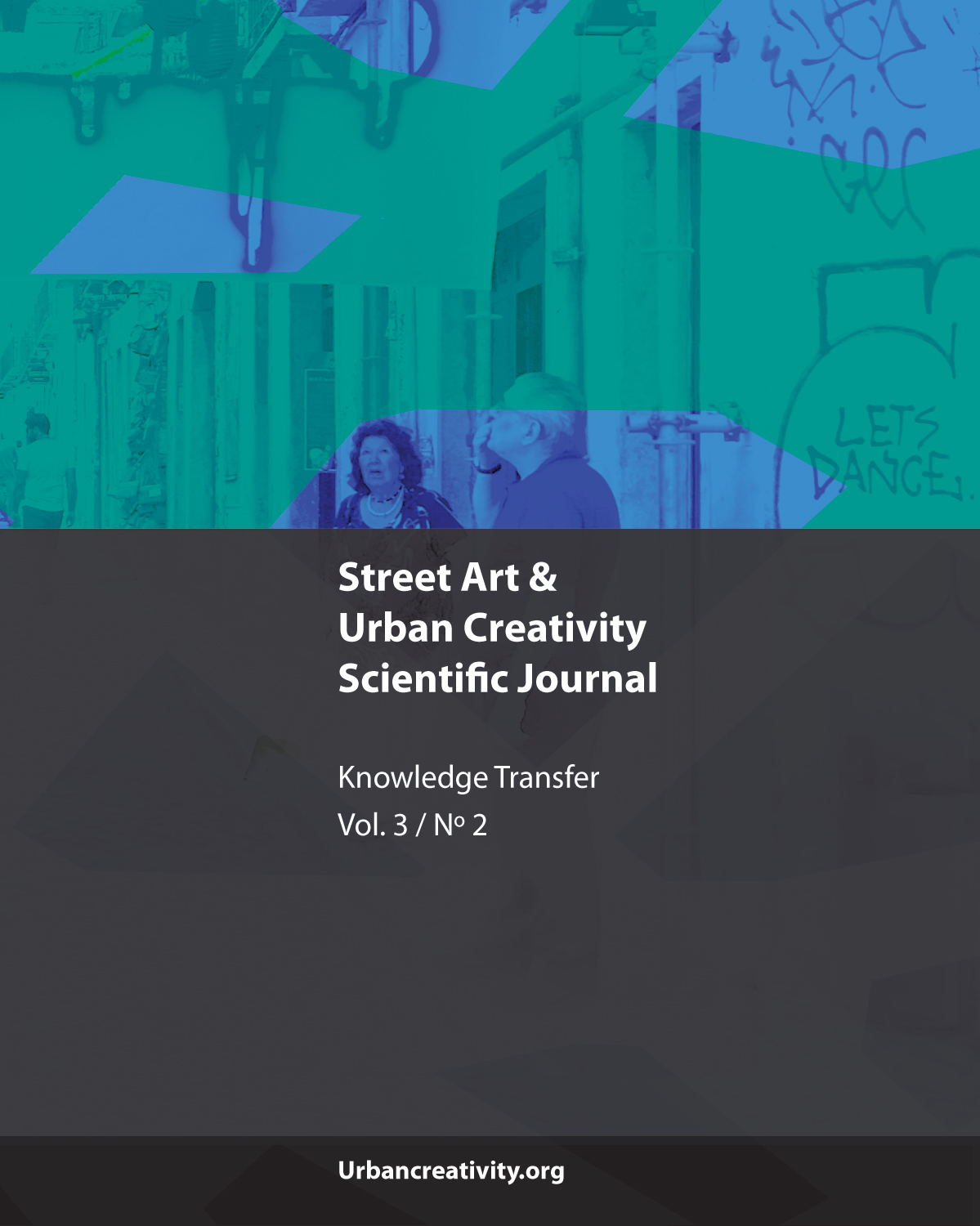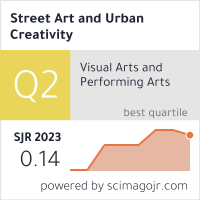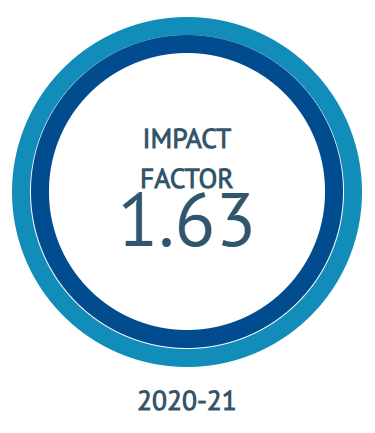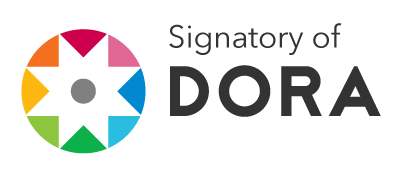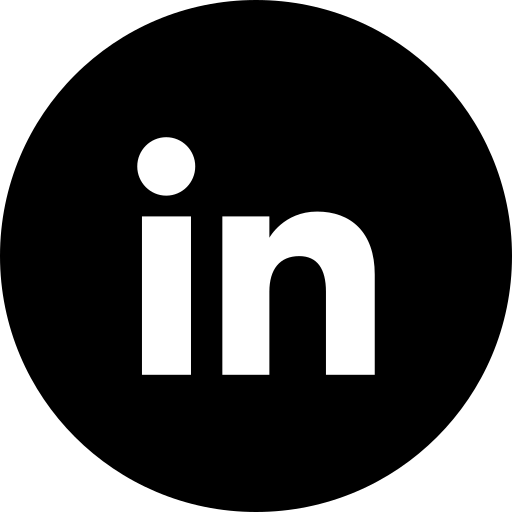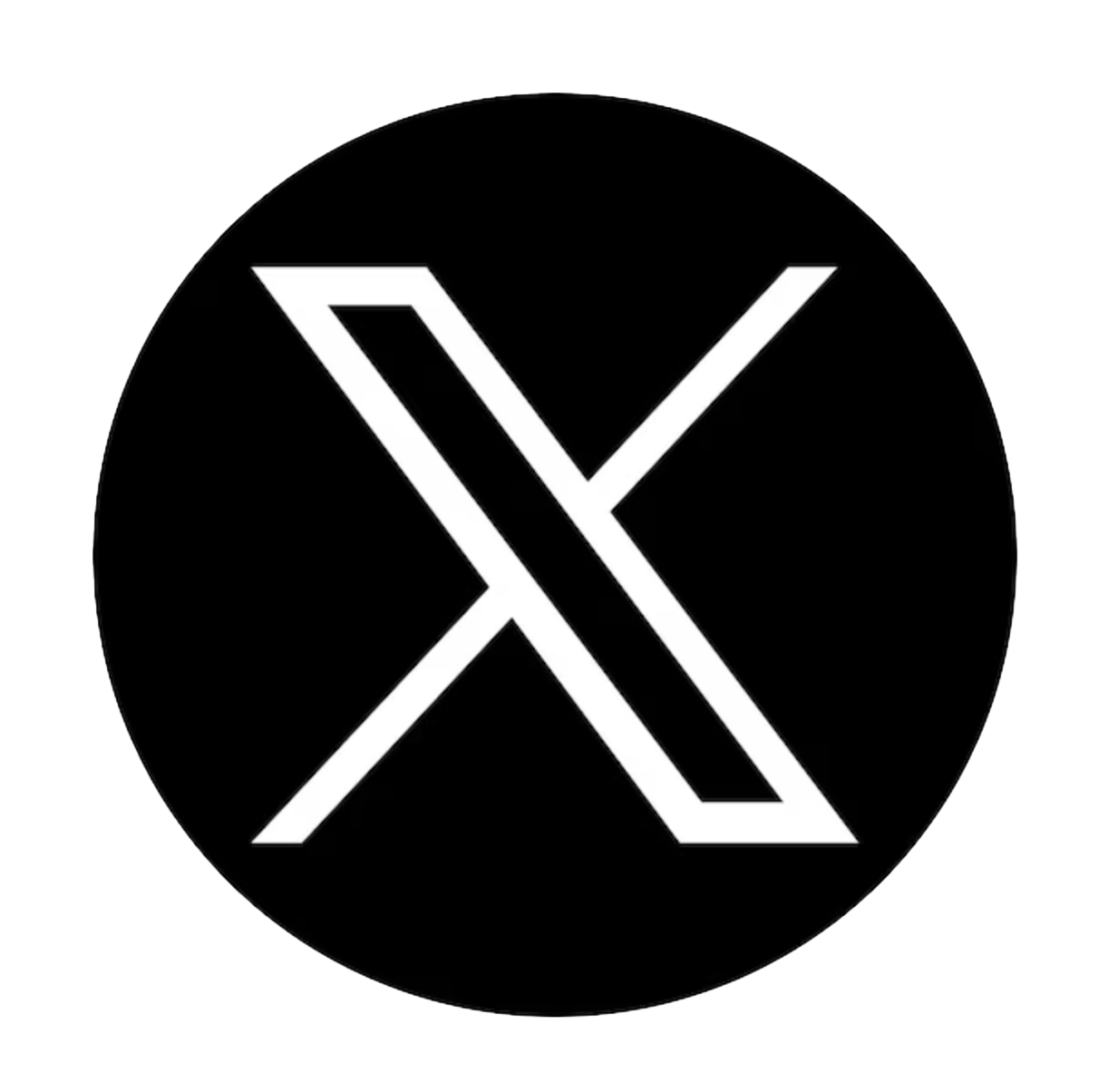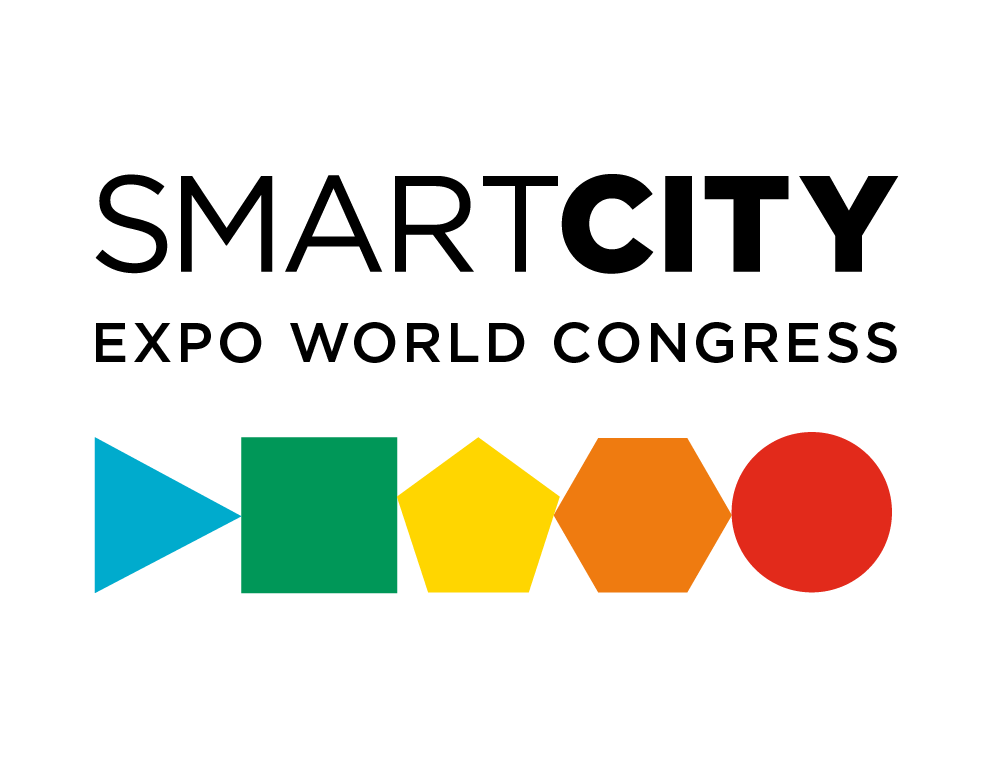Artscaping in public places:
Jeddah, the city of urban art
DOI:
https://doi.org/10.25765/sauc.v3i2.80Abstract
This paper argues that urban art is an inclusive conception to contemporary placemaking, which has contributed significantly to (re)shaping the notion of public places in unprecedented dimension, perception, and scale. The concept of urban art implies an inclusive approach to public art, urban life and the public realm. Following the notion “the whole is greater than the sum of the parts”, the emerging design trends attempt to (re)present public places as a comprehensive synthesis and interactive form of urban art combining elements of temporary and permanent, form and space, static and dynamic, active and passive, effects and impressions. This process has greatly transformed not only the way of making and/or remaking places, but it also extends to new horizons of perceiving, and interacting of both public space and the public arts by users in their tangible and intangible terms. The paper examines the case of Jeddah, the city of Arts; a case that has transformed the city into an extensive outdoor art museum, through a broad range of urban artworks, including works of many international artists and sculptors. The paper explores the (re)making process of Jeddah’s public places under modern interpretations of aesthetical artistic values, where qualities of excitement, livability, vibrancy, and spectacularism are manifested in the city’s placemaking process. The paper attempts to build on some future directions for urban artscaping as a new perspective for understanding, interpreting and (re)making city spaces.
Downloads
Global Statistics ℹ️
|
148
Views
|
225
Downloads
|
|
373
Total
|
|
Downloads
Published
How to Cite
Issue
Section
License
Those authors who publish in this journal accept the following terms:
-
Authors retain copyright.
-
Authors transfer to the journal the right of first publication. The journal also owns the publishing rights.
-
All published contents are governed by an Attribution-NoDerivatives 4.0 International License.
Access the informative version and legal text of the license. By virtue of this, third parties are allowed to use what is published as long as they mention the authorship of the work and the first publication in this journal. If you transform the material, you may not distribute the modified work. -
Authors may make other independent and additional contractual arrangements for non-exclusive distribution of the version of the article published in this journal (e.g., inclusion in an institutional repository or publication in a book) as long as they clearly indicate that the work was first published in this journal.
- Authors are allowed and recommended to publish their work on the Internet (for example on institutional and personal websites), following the publication of, and referencing the journal, as this could lead to constructive exchanges and a more extensive and quick circulation of published works (see The Effect of Open Access).

